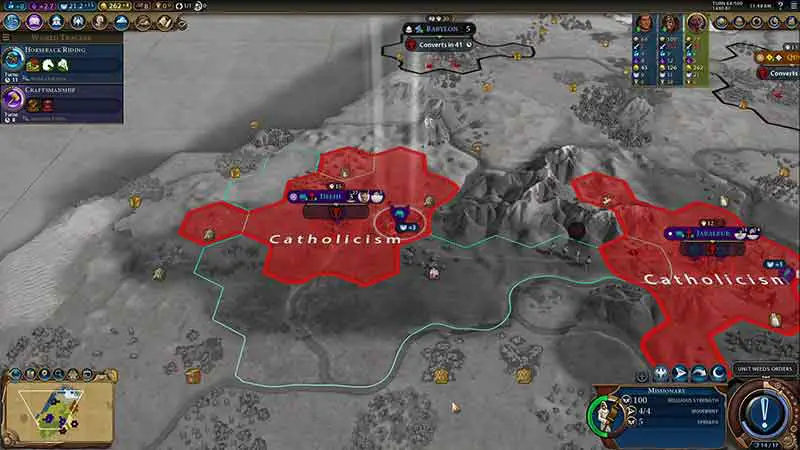

They were not restricted to England, as Wales was part of England and was affected accordingly. The term "English Civil War" appears most often in the singular, but historians often divide the conflict into two or three separate wars.

The outcome was threefold: the trial and the execution of Charles I (1649) the exile of his son, Charles II (1651) and the replacement of English monarchy with the Commonwealth of England, which from 1653 (as the Commonwealth of England, Scotland, and Ireland) unified the British Isles under the personal rule of Oliver Cromwell (1653–1658) and briefly his son Richard (1658–1659). Unlike other civil wars in England, which were mainly fought over who should rule, these conflicts were also concerned with how the three Kingdoms of England, Scotland and Ireland should be governed. The war ended with Parliamentarian victory at the Battle of Worcester on 3 September 1651. The wars also involved the Scottish Covenanters and Irish Confederates. The first (1642–1646) and second (1648–1649) wars pitted the supporters of King Charles I against the supporters of the Long Parliament, while the third (1649–1651) saw fighting between supporters of King Charles II and supporters of the Rump Parliament. It was part of the wider Wars of the Three Kingdoms. The English Civil War (1642–1651) was a series of civil wars and political machinations between Parliamentarians (" Roundheads") and Royalists (" Cavaliers"), mainly over the manner of England's governance and issues of religious freedom.


 0 kommentar(er)
0 kommentar(er)
